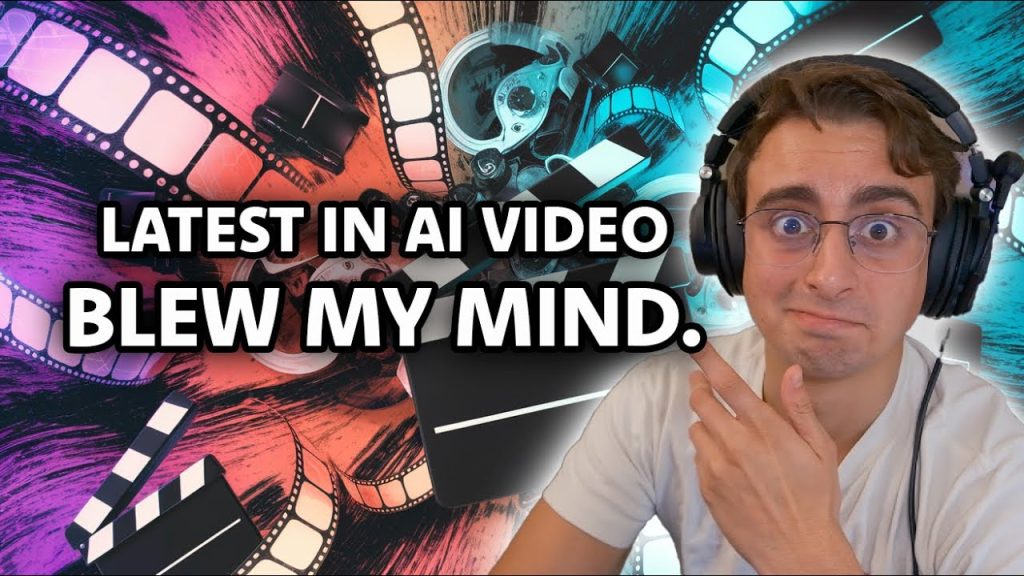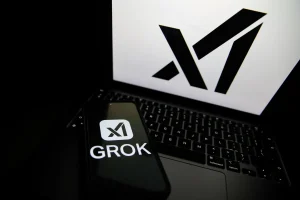Diving into the Expanding World of AI Video Generation

The world of AI video generation is evolving faster than anticipated. Once limited by low resolution and prolonged rendering times, modern AI video tools now boast high quality and rapid generation. This article delves into the latest advancements, evaluating the top players and innovations in the field.
Understanding AI video generators
Modern AI video generators have come a long way. What started with basic, low-resolution outputs has transformed into sophisticated tools. Companies like Runway Gen 3, Helu AI, and LTX offer tools with varied features and capabilities, catering to different user needs.
The leap in technology means that even newcomers can now access high-quality video generation. These tools, while diverse in their offerings, share a common goal: providing efficient and effective video content creation solutions. Whether it’s high-quality rendering or feature-rich interfaces, there’s something for everyone.
Key Players in AI Video Generation
Runway Gen 3 is renowned for its user-friendly interface and efficient turbo mode. It’s a favorite among many users, though generally considered mid-tier.
On the other hand, Helu AI, also known as Minia Max, excels in delivering high-quality videos with faithful adherence to prompts, despite having fewer features than competitors.
Meanwhile, LTX emphasizes UI design and customization options, allowing users to combine multiple videos into a cohesive result. Its unique features set it apart from others.
Innovative Features and Usability
Cling AI stands out for its high quality and unique motion brush feature. This tool is versatile and power-packed, ideal for detailed video projects.
Vu AI specializes in 2D animation but is also proficient in 3D rendering. It’s a fan favorite for its stability and clear outputs.
Luma Dream Machine offers fast generation speeds. Despite not having the best quality initially, continuous updates are improving its performance.
Upcoming Technologies and Trends
Adobe is entering the AI video space with its Firefly model. Known for its robust UI, Adobe’s venture into video generation is anticipated to bring new standards.
The Firefly model shows promise with unique motion options and detailed control over video content. Its ability to adjust shot size and camera angles could set new benchmarks.
International Advances in AI Video Generation
BiteDance, owners of TikTok, have launched an impressive AI video model in China. The details of its availability outside China remain unclear.
Videos generated by BiteDance’s model exhibit stunning quality, with realistic textures and consistent character design. Its ability to mimic cinematic motion blur and detailed expressions is noteworthy.
Chinese models continue to push the boundaries in video generation, setting a high bar for global competitors.
The Role of Physics in AI Video
The introduction of rigid body physics into AI video generation, as seen with FS Gen, is a promising development. This technology ensures realistic interactions and movements in generated videos.
Understanding physics can elevate the coherence and realism in AI-generated videos. For instance, the ability to simulate accurate collision, gravity, and friction dynamics offers a more genuine visual experience.
Faster and Better: Speeding up AI Video Generation
Luma Labs has made strides in generating high-quality clips in under 20 seconds. The combination of speed and quality makes it a compelling option for users.
P Labs, with its 1.5 update, showcases enhanced video clarity and unique effects. Innovations like melting and inflating objects reflect their commitment to pushing the boundaries of AI capabilities.
In Summary
The dynamic field of AI video generation continues to amaze. With companies integrating advanced features and updating models frequently, the quality and capabilities of AI-generated videos keep improving.
Staying updated with these advancements is crucial for creators and developers alike. The continuous evolution in AI video generation offers exciting possibilities for the future. Adoption of these technologies will only grow, reshaping how we create and consume video content.








